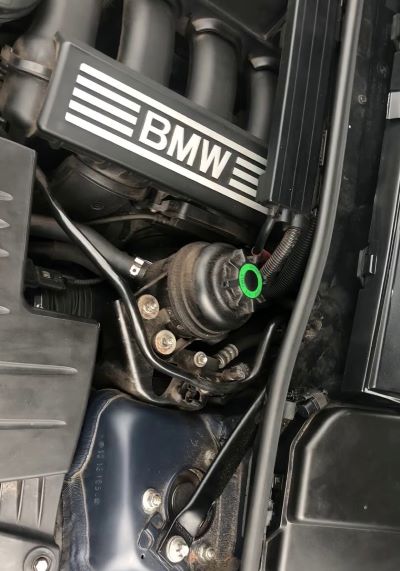A guide to understanding your car’s mass air flow sensor
A Mass Air Flow sensor measures the amount of air entering the engine of a car. It helps the onboard computer determine the proper fuel-to-air ratio, which is essential for the engine to function correctly. Without this sensor, your vehicle could experience issues such as stalling, idling, poor fuel economy, or reduced horsepower.
How does it work?
The Mass Air Flow sensor works by using a heated metal wire or a thin film that is cooled by the incoming air. The faster the airflow, the more cooling effect it has on the wire or film, which changes the electrical resistance of the sensor. This change in resistance is what the onboard computer uses to calculate the amount of air entering the engine.
Signs your sensor is failing
One of the most significant signs of a failing Mass Air Flow sensor is a Check Engine light on your dashboard. Other symptoms may include rough idling, reduced power, hesitation, or stalling. You mustn’t ignore these warning signs and have your vehicle inspected by a qualified mechanic. Ignoring these symptoms could cause even more significant problems and lead to costly repairs.
Maintenance of your sensor
Cleaning and replacing the Mass Air Flow sensor is relatively straightforward procedures. However, it is recommended to leave it to experienced mechanics who have the appropriate tools and expertise to diagnose and repair your vehicle’s issues. They can use OBD scanners to read the error codes and pinpoint the root cause of the problem.



